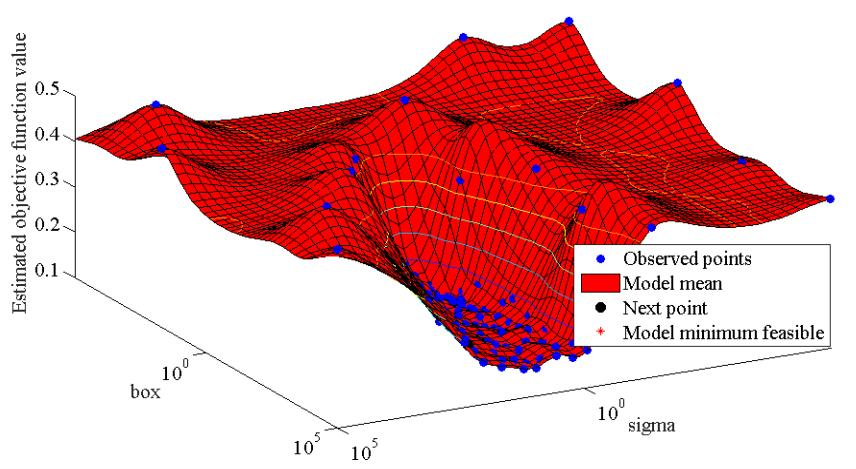Automated Speed and Lane Change decision-making Model using Support Vector Machine
DOI:
https://doi.org/10.17762/ijcnis.v15i3.6222Keywords:
Autonomous Vehicles, Lane Change, Support Vector Machine, Motor Control, Sensor Fusion, Safety, EfficiencyAbstract
One of the major obstacles that the auto industry must overcome is the rise of autonomous vehicles. The study of lane-changing is an important part of this problem. Previous studies on autonomous vehicle lane changes have predominantly focused on lane change path planning and path monitoring, with limited attention given to the autonomous vehicle's lane change decision-making process. This paper introduces a novel Lane Change Decision-Making Model for autonomous vehicles using the Support Vector Machine (SVM) method. The suggested model employs real-time sensor data to assess whether or not a lane change is possible, taking into account the proximity of other vehicles (cars, buses, motorbikes), and adjusting speed as necessary to ensure a seamless transition. Researching the various facets of lane changes in autonomous vehicles allows for decision-making that is grounded in utility, safety, and tolerance. The implementation of a support vector machine (SVM) technique with Bayesian parameter optimization is used to deal with the non-linearity and complexity of the process of autonomous lane change decision-making. Finally, we compare the suggested SVM model against a rule-based lane change model using the test data. The SVM-based strategy is shown to improve lane change decision-making in a comprehensive simulation exercise, which in turn improves the safety and efficiency of autonomous driving systems. The experiment also use a real vehicle to gauge the efficacy of the underlying decision-making model.
Downloads
Published
How to Cite
Issue
Section
License
Copyright (c) 2023 International Journal of Communication Networks and Information Security (IJCNIS)

This work is licensed under a Creative Commons Attribution-NonCommercial-ShareAlike 4.0 International License.





